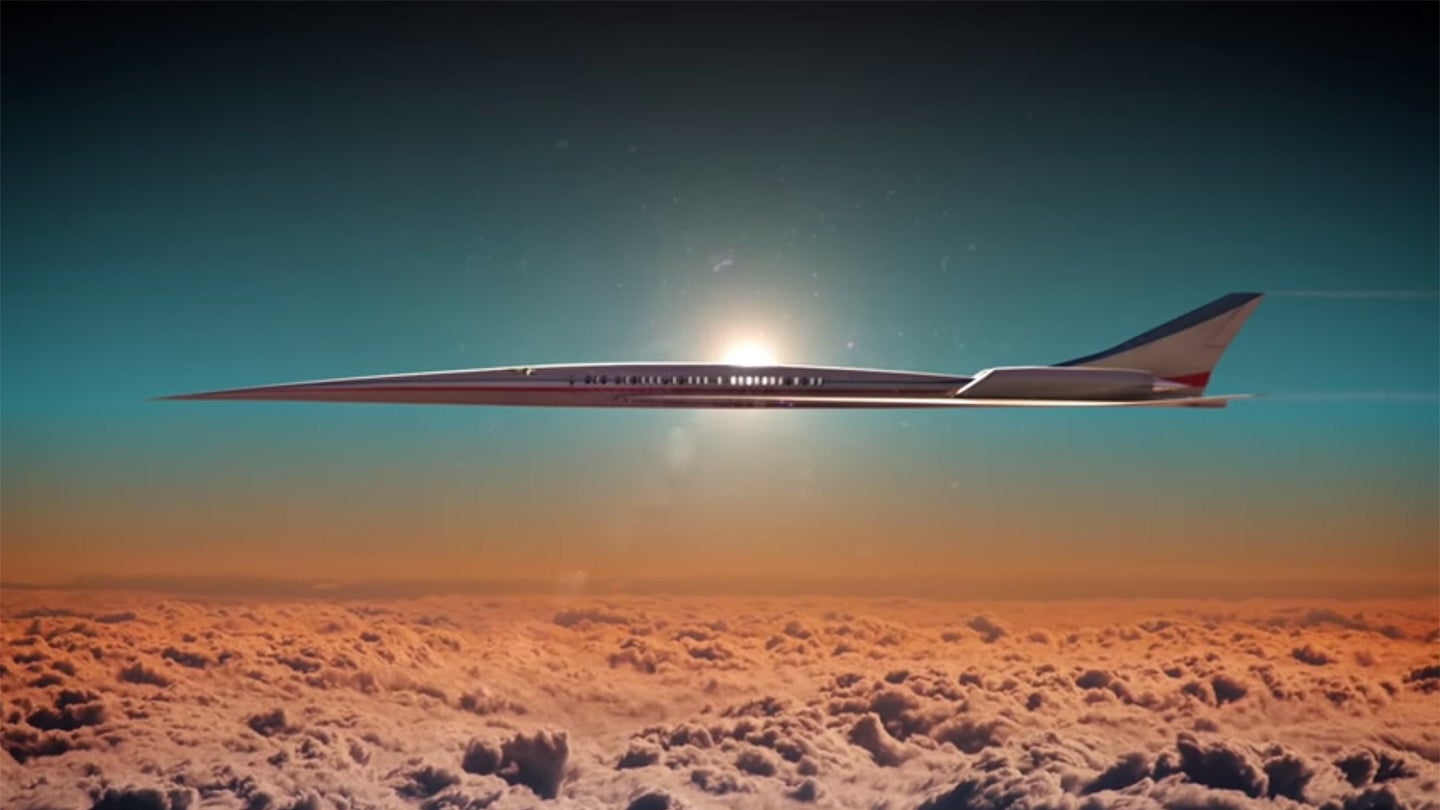NASA’s Supersonic Passenger Jet Is One Step Closer to Takeoff
The QueSST X-plane concept has passed its initial design review, bringing it closer to a potential first flight in 2021.

NASA's supersonic commercial aircraft plans are gaining speed. The agency's new Quest Supersonic Transport has passed its initial design review, bringing a Mach barrier-cracking passenger plane one step closer to reaching glorious production.
The QueSST, as it's called, is a joint project between Lockheed Martin and NASA designed to suss out a way to reduce sonic booms into a gentler "sonic thump." On June 23rd, the two organizations concluded the prototype design they'd devised was capable of fulfilling that goal, according to a press release dropped on June 26th.
With the preliminary design review, or PDR, completed, the aeronautical agency will now move on to drumming up proposals to build the manned, full-scale version of the single-engined plane, which NASA says could be up and flying as soon as 2021. In the meantime, the agency will continue performing wind tunnel testing with Lockheed Martin to optimize the experimental plane's final shape.
The finished, flyable version of the QueSST won't be as large as an actual high-speed passenger jet, however. Instead, the idea is to design it in a manner that allows it to simulate the boom of a bigger jet.
"We've tested them in wind tunnels, but now the next phase is to take the technologies and test them in flight," commercial supersonic technology project manager Peter Coen said in a recent video released to a NASA YouTube channel.

If the name of this supersonic test flight sounds familiar, well, there's a good reason it does. As it turns out, The Drive touched on the QueSST on June 22nd—just one day before NASA and Lockheed made their decision—while discussing the role of Honeywell's software in helping minimize the impact of transonic shockwaves by using software to reroute planes around population zones. After all...if a supersonic jet breaks the sound barrier and no one's there to hear it, does it make a sound?
